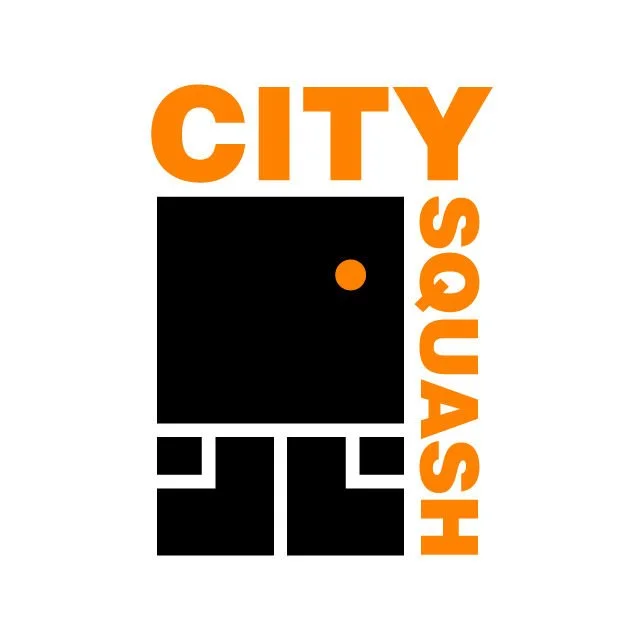SEA Programs and Injury
Hopefully, you have checked out this website enough by now to realize what it is all about; but for those that haven’t, you can visit my vision page here. The story of this website starts when I was in the 11th grade. I had been playing many squash tournaments and had been training incredibly hard to get my ranking to a point where I would be able to be recruited by some of the top squash colleges in the country. While my academics were good enough, squash was a tool that I could use to get into a good school while also being able to play the sport that I love.
Due to my heavy training schedule and lack of knowledge around injury prevention, I tore my right hamstring during the beginning of recruiting season. This was the moment that I realized that injury prevention and the knowledge of how to care for your body are crucial for everyone playing sports. While I still got into a terrific college, my injury limited the number of programs interested in me and made my recruiters hesitant about my place on the team. It worked out for me but I could have easily seen my injury ruining my recruiting process and not allowing me to play college squash.
My injury also demonstrated to me that treatment of minor injuries can be handled without many expensive doctor visits or physical therapy sessions. While these resources are very important for some injuries, for minor pain that goes away depending on usage, doctors sometimes are not necessary. For me, this meant that the majority of my recovery was made through completing strengthening exercises after a period of rest. This approach was also accompanied by a gentle reintroduction into squash and some maintenance work and to this day my injured hasn’t returned.
Around that time, I also volunteered at the Battle of Brooklyn, an event hosted by CitySquash to raise funds for their program. I saw the impact that Squash and Education Alliance (SEA) programs were able to make and it got me thinking about the different ways squash could be made a more equitable sport. Squash is especially important to make more equitable because of its history and strong association with the exclusivity of country clubs. SEA programs not only help to break down the exclusivity of the sport but they also allow athletes from low-income backgrounds to engage in the privileged opportunities that squash has, such as college recruitment.
In my analysis of SEA programs, I thought that there were a couple of places where private squash programs still had an advantage. The majority of these advantages were within the health category of squash. Players from private squash programs often have access to trainers, physical therapists, nutritionists, and even sports medicine doctors. This gives these players an advantage in matches because their preparation allows them to be more conscious of their bodies, ultimately improving their performance. It also allows for athletes from private programs to play longer, utilizing the sport to get into college and build a network.
This being said, some programs have noticed this gap in SEA programs. Portland Community Squash (PCS), a newer SEA program based in Portland, ME, has implemented a nutrition and cooking unit into their weekly activities. This allows students to gain a relationship with food, cooking, and nutrition. Having an understanding of food is crucial for an athlete because it fuels your activity and without the proper fuel, an athlete is unable to perform their best.
Another major feature that stood out to me that SEA programs could improve was their injury management and training programs. Private programs often work with trainers to address injuries and develop an individualized approach to body maintenance. SEA programs are lacking in this aspect as many of them don’t have staff with expertise in injury management or physical conditioning. CitySquash is actually an outlier to this and has a Director of Exercise Physiology who is helping to make CitySquashers healthier and more prepared to avoid injury. Many other programs, however, do not have this resource and it is a major hole in their SEA model. Learning proper injury care and body maintenance as an athlete is super important for minimizing injury time and also avoiding injury altogether.
The holes that I saw in SEA programs composition combined with a little push from my family and friends have allowed me to try to fix these problems. As a Denning Fellow at Bowdoin College, I was given the opportunity to pursue my interests in sports medicine through a volunteering perspective. For my program, I chose to attempt to gather information from medical professionals about injury prevention and rehabilitation with the ultimate goal of presenting it to CitySquash and other programs like it. Follow this blog to see my progress through the summer and check out this website for a bunch of cool information that will help you stay healthy and injury free.



